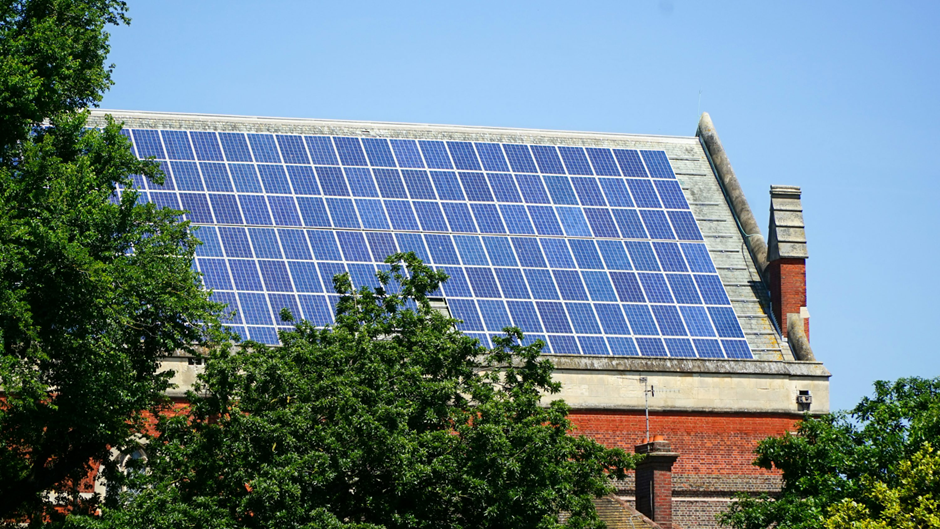
The Trump administration shocked the renewables industry with a severe tariff on solar imports from Southeast Asian nations like Cambodia, Thailand, Malaysia, and Vietnam. These tariffs go up to 3,521%, zeroing in on Chinese companies that have set up shop in these countries. The move comes after an investigation done under the Biden administration, which found these manufacturers were banking on government subsidies to sell solar panels below production cost, undercutting U.S. competitors. With the International Trade Commission slated to finalise the decision in June 2025, this policy builds on Trump’s earlier 2018 tariffs, aiming to tackle what the administration calls unfair trade practices head-on.
The solar market is already feeling the heat of emerging flares, with prices for equipment climbing fast, hitting both homeowners and businesses hard, while even U.S. manufacturers are hiking their rates to capture the surge of panic demand. China’s grip on the solar supply chain, controlling about 80% of global production as of 2022, means the U.S. can’t easily fill the gap, despite pouring $18.2 billion into domestic efforts. This disruption could slam the brakes on residential solar growth, with some small and midsized installers staring down potential bankruptcy as costs soar and customers could not justify investment.
Stakeholders are split down the middle on this one. Domestic players like Hanwha Q Cells and First Solar Inc. are cheering, seeing the tariffs as a lifeline against foreign competition, especially after boosting U.S. manufacturing capacity by 190% in 2024. But the Solar Energy Industries Association (SEIA) is blaring the alarm, warning that higher prices could affect demand and slash installations by 30-50% in 2025. Installers are scrambling, stockpiling panels and hunting for new suppliers, while experts like Tim Brightbill hail it as a “decisive victory for American manufacturing.” Meanwhile, Columbia University’s Alexis Abramson cautions, “Residential solar is going to be more expensive,” calling on folks to lock in deals now before prices climb higher.
Source: Bloomberg, Guardian
Photos:
